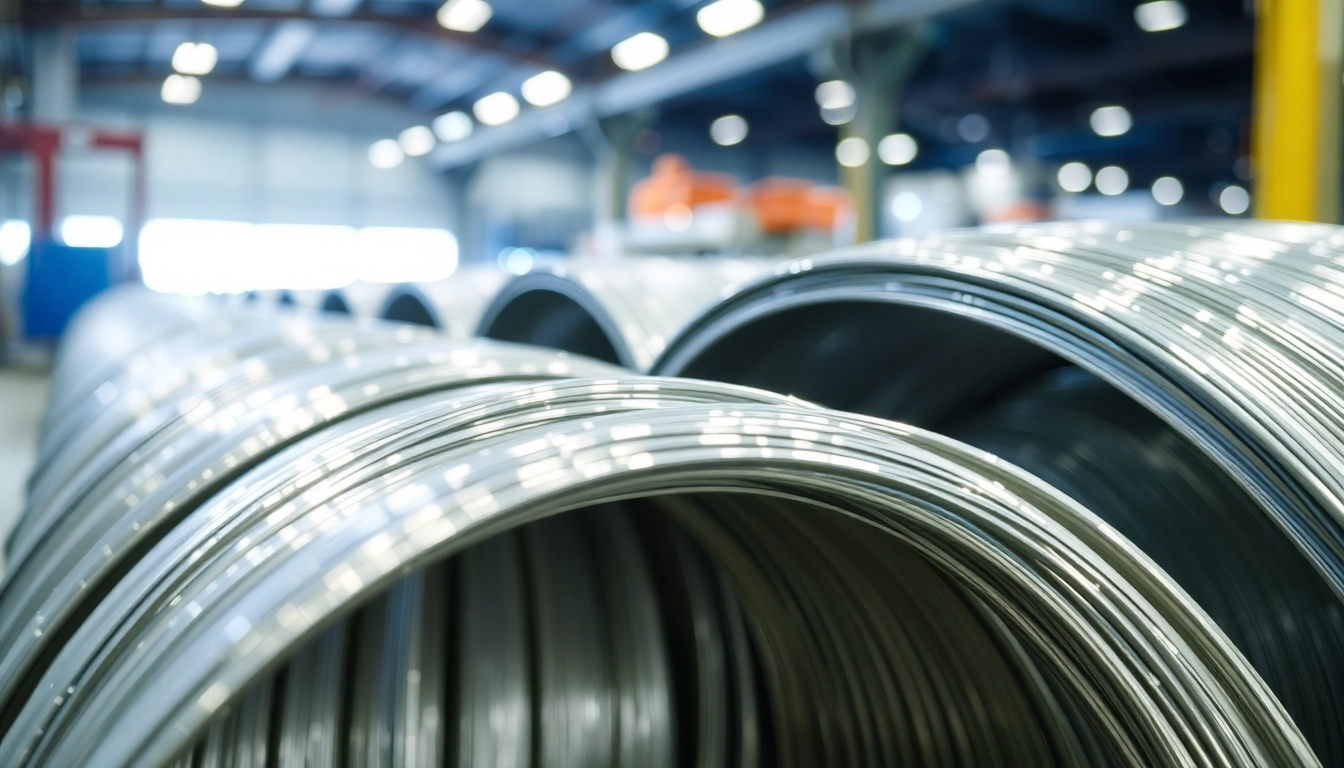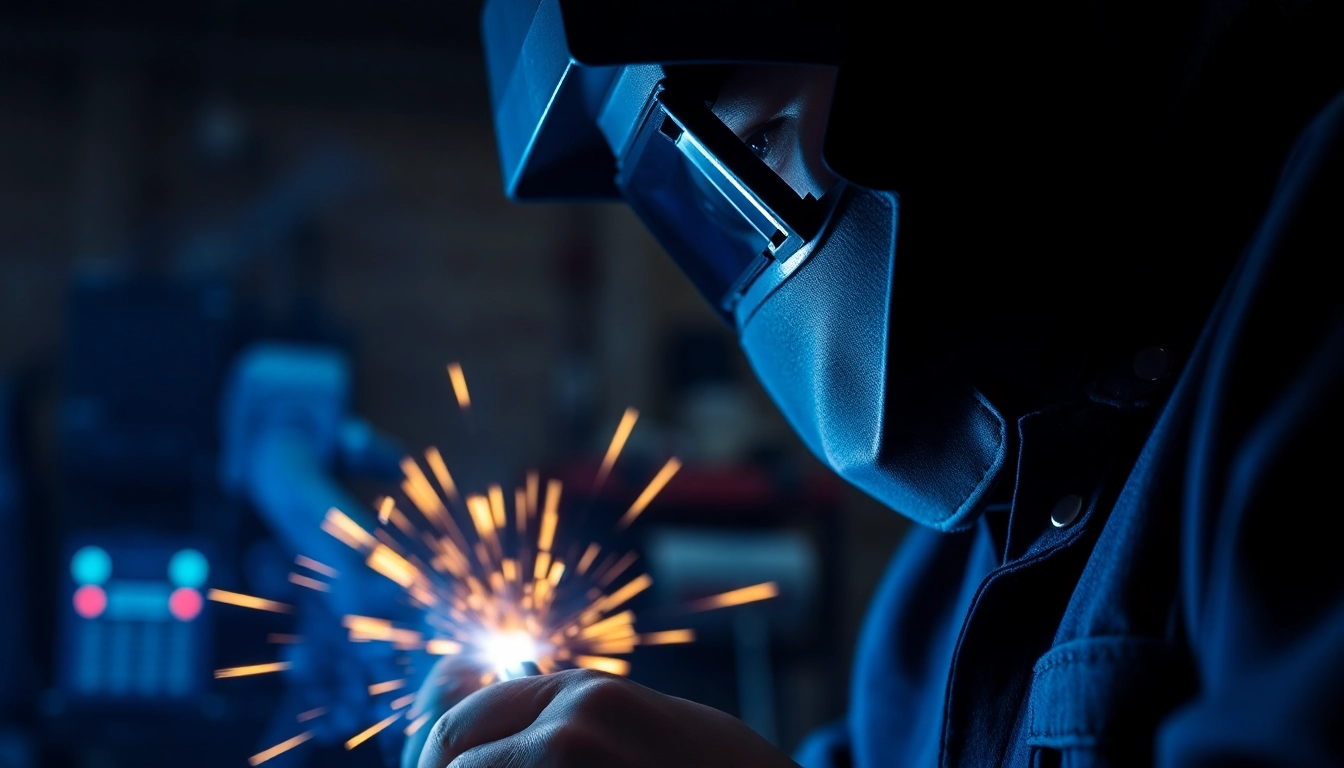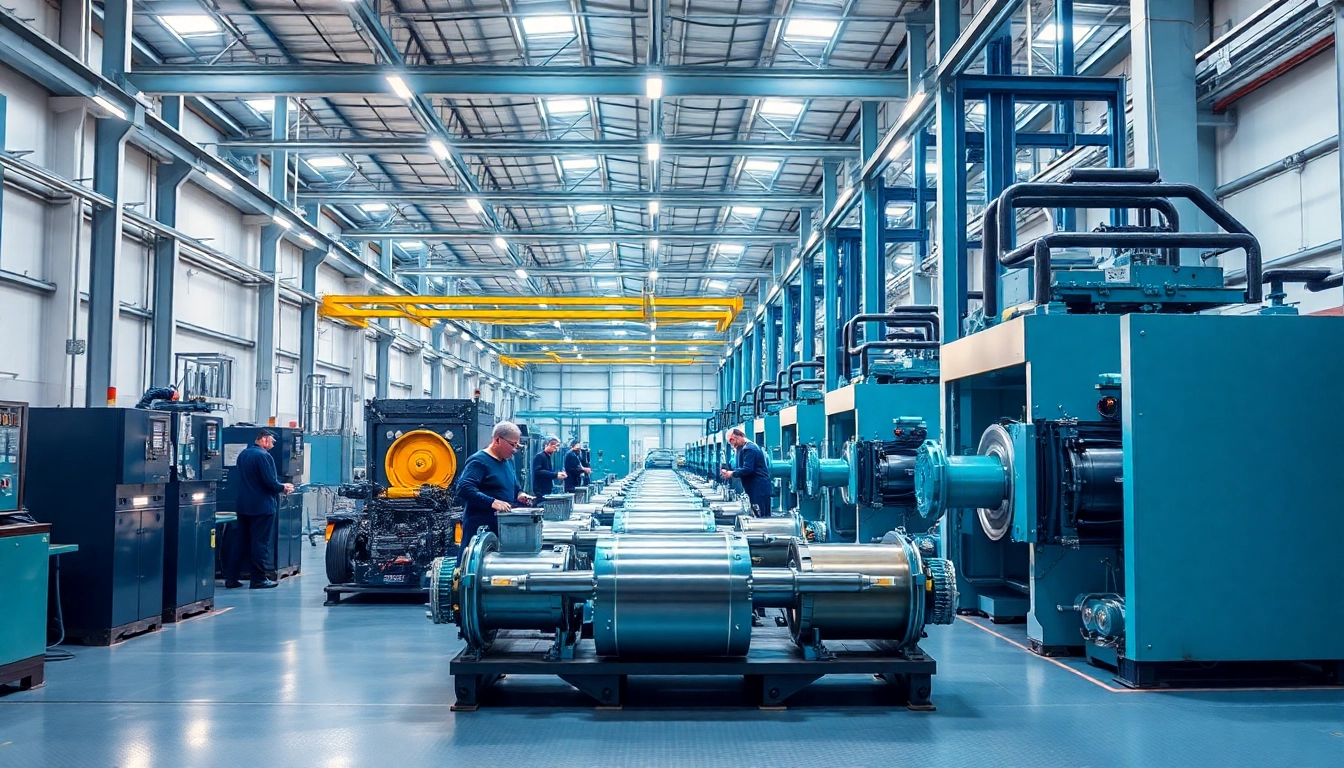In the world of manufacturing and packaging, the efficiency of the production line is paramount. Among the essential machinery that facilitate this efficiency are filling machines. These innovative devices are responsible for accurately dispensing various substances into containers, ensuring precise measurements and optimal performance in various applications. This article delves into the multifaceted concepts of filling machines, including their types, applications, key features, operational best practices, and future trends within the industry.
Understanding Filling Machines
What is a Filling Machine?
A filling machine is a piece of equipment that fills containers—such as bottles, cans, or pouches—with a predetermined amount of liquid, powder, or granulate. These machines utilize various methods to ensure that each container receives a precise volume or weight of the product. They play a crucial role in sectors such as food and beverage, pharmaceuticals, cosmetics, and chemicals. The main purpose is to automate the filling process, improve production efficiency, and ensure consistency in product quantity.
Types of Filling Machines
Filling machines can be broadly categorized based on their operational methodology and the type of product they handle. Here are the primary types:
- Gravity Filling Machines: These are ideal for filling low-viscosity liquids, such as water and juice. They rely on gravity to dispense the product into containers.
- Piston Filling Machines: These machines are designed for viscous and thicker products, such as sauces or creams. A piston chamber fills the material, ensuring accurate volumes.
- Vacuum Filling Machines: They operate by creating a vacuum that draws the liquid into the container. This is particularly useful for filling products that foam and bubble, which can lead to inaccuracies.
- Auger Filling Machines: Mainly used for powdered products, they fill containers by rotating an auger that dispenses a precise volume of powder.
- Peristaltic Filling Machines: These machines are ideal for sanitary applications, where the product is contained within a tube. They are often used in the pharmaceutical and food industries to prevent contamination.
Common Applications of Filling Machines
Filling machines serve a wide array of industries. Here are some common applications:
- Food and Beverage: Utilized for filling sauces, juices, dairy products, and other liquids.
- Pharmaceuticals: Filling liquid medicines, powders, and creams into various types of containers.
- Cosmetics: Filling creams, lotions, and perfumes into bottles or jars.
- Chemicals: Used for filling industrial liquids, detergents, and other substances into containers safely.
Key Features of Modern Filling Machines
Automation and Control Systems
Modern filling machines are equipped with advanced automation systems that greatly enhance efficiency. Automation not only improves speed but also minimizes labor costs and reduces human error. Control systems usually feature programmable logic controllers (PLCs) that allow operators to adjust settings such as fill speed, volume, and even integration with other machinery on the production line.
Precision and Accuracy
Accurate filling is critical in many industries, especially where regulations govern product quantity. Modern filling machines utilize technologies such as load cells and sensors to monitor and ensure precise fill levels. This precision is vital for maintaining product quality and compliance with industry standards.
Material Compatibility
Choosing the right filling machine depends heavily on the compatibility of the machine with the material being filled. Different materials, such as glass, plastic, or metal, require machines designed to handle specific container types to avoid damage and ensure efficient filling.
Comparing Manual, Semi-Automatic, and Automatic Models
Advantages of Each Type
Each model of filling machines offers distinct advantages:
- Manual Filling Machines: Generally lower in cost and easier to set up. They are ideal for small-scale operations or specialized products that do not require large volumes.
- Semi-Automatic Filling Machines: These machines increase efficiency while allowing operators to control key functions. They are suitable for medium-sized operations where flexibility is desired.
- Automatic Filling Machines: Designed for high-volume operations, they provide the fastest filling rates and require minimal operator intervention, making them ideal for large-scale production environments.
Choosing the Right Machine for Your Needs
When selecting the right filling machine, it is essential to consider factors such as production volume, type of product, container specifications, and desired level of automation. Businesses should evaluate their operational capacities and budget constraints to determine the most suitable machine. Consulting with machinery experts and reviewing case studies can also provide valuable insights into selecting the best machine.
Cost Implications
The cost of filling machines can vary widely based on their complexity and capabilities. While manual machines are less expensive, investments in semi-automatic and fully automatic machines can lead to greater long-term savings through increased efficiency and reduced labor costs. It is crucial to analyze the total cost of ownership, which includes initial purchase, maintenance, and operational costs, when deciding on an investment.
Best Practices for Operating a Filling Machine
Routine Maintenance and Care
Proper maintenance of filling machines is essential for continuous operation and longevity. Routine checks should include inspecting components, cleaning parts to prevent contamination, and ensuring all systems are calibrated correctly. Additionally, following the manufacturer’s guidelines for maintenance schedules can help prevent costly breakdowns.
Training Operators for Efficiency
Having well-trained operators is vital for maximizing the efficiency of filling machines. Operators should be educated on the machine’s functionalities, safety protocols, and troubleshooting steps. Regular training sessions can help keep skills sharp and adjust to any updates in technology or operational procedures.
Common Issues and Troubleshooting Tips
Even the best-maintained machines can face issues. Common challenges include inconsistent fill levels, jams, or equipment malfunctions. Operators should follow troubleshooting protocols, which often involve a systematic approach to identifying the source of the problem. Keeping a comprehensive log of issues and resolutions can inform better practices and future training efforts.
Future Trends in Filling Machine Technology
Innovations on the Horizon
The future of filling machine technology is expected to be shaped by artificial intelligence, machine learning, and smart manufacturing. These innovations will enable machines to learn from operations, optimize filling processes, and predict maintenance needs. Investment in research and development can enhance efficiency and adapt to changing market demands.
Impact of Industry 4.0
The introduction of Industry 4.0 signifies a revolution in manufacturing processes, where machines and systems become interconnected. Filling machines will increasingly be designed to communicate not only with one another but also with enterprise-level systems for real-time data tracking and optimization. This interconnectedness can reduce downtime and improve inventory management.
Sustainability and Eco-friendly Practices
With growing emphasis on sustainability, manufacturers are pushing for eco-friendly practices in packaging and filling processes. Innovations in biodegradable materials, as well as machines designed to reduce energy consumption and waste generation, are at the forefront. Companies adopting green practices are likely to not only comply with regulations but also gain a competitive edge among environmentally conscious consumers.
Conclusion
Filling machines are indispensable in contemporary manufacturing, offering solutions that enhance efficiency, accuracy, and productivity across multiple industries. Understanding the types of filling machines, their applications, and maintenance best practices can maximize their operational effectiveness. As technology continues to advance, incorporating modern innovations can further optimize performance, ultimately aiding businesses in meeting their growth and sustainability goals.



